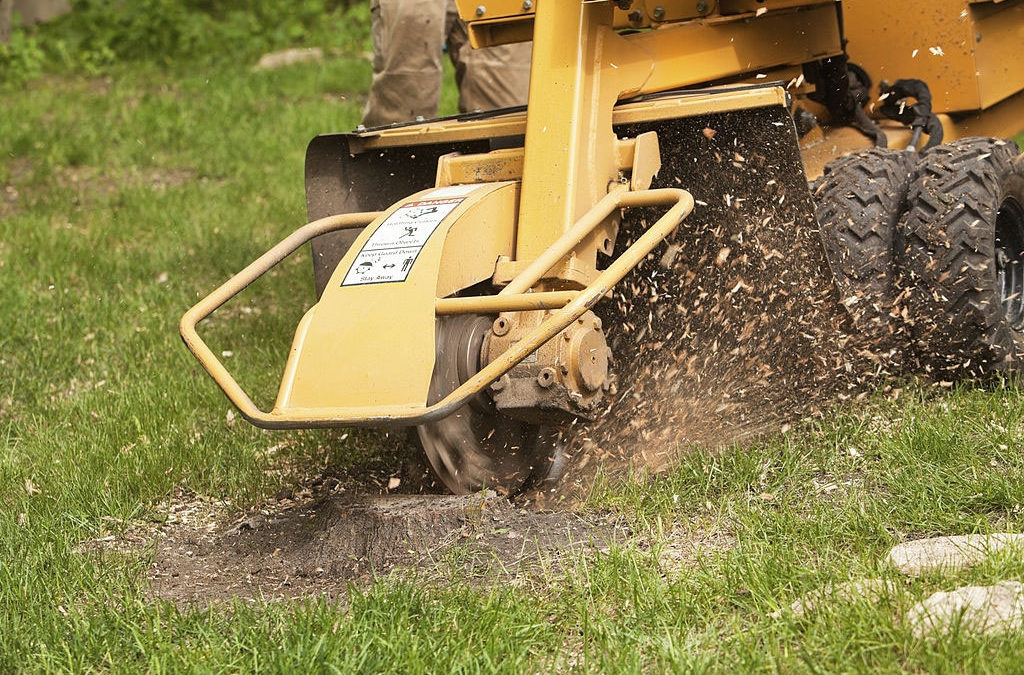Stump grinding has long been a valuable service in the woodworking industry. It can be done with a small hand saw or another manual tool, which cuts material that is in between the top and bottom of the material used for the timber product. This method works best when the top and bottom of the material are smooth and uniform.
Stump grinding is a long-lasting method of finishing and staining timber. Stump grinding is a relatively simple procedure that uses a hand saw and a small cutting machine to cut off the excessive portions of wood material. A brush of finish is applied to the surface to which the material has been chipped away.
Stump grinding is a great way to provide an attractive finish to some solid hardwood, such as teak or mahogany. It can be used to give your favorite softwood or hardwood a unique look. Stump grinding will help you leave a very smooth surface that will blend in nicely with its surroundings.
We know that some people want to have the wood product finished in a particular color, but in many cases, it is not always possible to achieve this. This can be particularly true when using red wood, as there is the risk of it being damaged. The potential danger here is that the wood may start to fade or look stained, when the end result is that you end up with an uneven coloured surface.
Stump grinding can provide the perfect finish that you want. You can purchase a variety of tools and machinery to complete this process for you. This is a popular method of finishing timber that is widely used in the timber industry.
There are a number of methods available, although some of them are similar types of surface finishing. You can choose from polishing, giving a gloss, a sanding, a finishing or varnishing. These all can be combined with another method, or one can be left alone to provide the finished surface that you want.
In the past, some companies had the idea that they could finish the wood only in one of these methods. They preferred the look of the finish they were getting, rather than the consistency of the finish. As the economy became more challenging, these companies could no longer do so, and so they had to change the way they did things.
To solve this problem, the process of polishing has been changed to provide a softer finish on the timber. Polishing involves applying a wax to the surface to give it a shine and a nice colour. The next step is to sand away any areas that are still sticking out. This makes the finished piece easier to handle and the final product a very nice polish that you can enjoy.
The next step is to sand away any areas that are not sticking out, to give the finish a smoother appearance. This is done in stages until the final product is smooth. There are two reasons for sanding.
Firstly, sanding removes any surface roughness that is there and gives the surface a smooth and uniform finish on a fineness level that you would normally find on a finished piece of wood. Sanding also helps remove any signs of sharpness that may still be present in the wood. Once the timber has been finished, the sanded area should not be left as it will decrease the life of the finished timber.
Secondly, the use of sanding is essential if you want to obtain a uniform and consistent finish on the timber for you to have a maximum fineness level that can be achieved. If the sanded area is uneven, the fineness level will be less, and the timber will not be able to be sanded evenly enough to give the surface the maximum level of fineness.
Stump grinding is a way of getting a uniform finish on the surface of the timber, using a brush of finish, rather than hard sandpaper. It makes the surface smoother and increases the life of the finished product. Stump grinding is quite a simple and low-cost procedure but is still useful to ensure that the timber will look good for a long time to come.

